
Razer BlackWidow Chroma Review
Manufacturer: RazerUK price (as reviewed): £149.99 (inc VAT)
US price (as reviewed): $169.95 (ex Tax)
When Razer's BlackWidow Chroma was announced at Gamescom 2014, the obvious competition and target was Corsair Gaming's K70 RGB. It was a keyboard that had been promised by Corsair long ago, and shown off many times since, but it never ended up being delivered until late September, despite Corsair having exclusivity on the Cherry MX RGB switches for all of 2015 (though we imagine it has enough orders placed to keep them effectively exclusive for the foreseeable future). Regardless, both keyboards are here now (and Logitech has also released the similar Orion Spark since), so we have an obvious point of comparison.
For starters, the Chroma is both wider (470mm compared to 438mm) and deeper (182mm versus 163mm) than the K70 RGB, although with its textured palm rest applied the K70 RGB is obviously deeper. There is no real support for wrists or palms on the BlackWidow Chroma.
The Chroma also has a more traditional keyboard design than the K70 RGB, with keys embedded into a plastic shell. Razer's plastic fascia does have a nice matt black look and smooth finish and it doesn't pick up marks or scratches too easily either, but it can't compete with the brushed aluminium of its primary competitor. We have few complaints about the Chroma's build quality, as it's weighty and solid. However, there is some flex to the its body if you apply force, which isn't true at all of the K70 RGB. Nevertheless, for everyday use the Chroma is easily up to the task.
The num, scroll and caps lock symbols all shine faintly through the plastic covering in the top right of the board, as do the logos that indicate when gaming mode and live macro recording are active. There's also a small glossy black plastic section along the bottom, through which the Razer logo shines.
A thick, braided fibre cable emerges out of the back, where it is attached very securely. One area where the Chroma has the K70 RGB beat is on pass-through ports – Corsair Gaming's board has none, while here we find both headphone and microphone jacks and a USB 2 port. It's a shame Razer didn't opt for USB 3 instead here, but all three connections are easily accessible on the right side.
Flipping the board over reveals a series of small rubber strips around the edges, giving the Chroma good grip even on smooth surfaces. Even when playing games with deliberate fervour we didn't feel the keyboard slipping. There are also two hind legs if you prefer playing or typing at a sharper angle, and these have rubber coated tips as well.
Although the Chroma offers full key reprogramming (more on this over the page), it also includes five dedicated macro keys along the left hand side, which contribute to the Chroma's extra width. These are useful in case you don't want to reprogram any default keys, but you'll need a little while to adjust to them being there. Your hand naturally reaches for the edges of the keyboard, so we often found ourselves hitting M4 or M5 instead of Shift or Ctrl, for example.
Razer's flagship also includes extra functionality by way of its function or FN key. Using this with F1-F3 controls system volume; F5-F7 are media keys; F9 and F10 activate on-the-fly macro recording and gaming mode respectively, and F11 and F12 are used to decrease or increase the LED brightness. You can also use the FN key with the pause/break key to put your PC to sleep. We do prefer the K70 RGB's low-profile, dedicated media keys (especially the metal volume wheel), but it's still good to see the functionality included.
The BlackWidow has a standard 1,000Hz polling rate and claims up to 10-key anti-ghosting. With some Twister-style finger manoeuvring, we put this to the test and found it held up (in fact, often more than 10 keys would register without issue), so unless you're using one finger to press more than one key at a time or you like to get your toes involved you should be fine, even if you heavily remap your keys. Many will still see the K70 RGB's N-KRO as being a big advantage but there is practically very little difference.
The backlighting is very bright at full brightness, distractingly so. Thankfully, it's easy to turn this down with the FN and F11/F12 keys, and there is finer granularity in the brightness levels than on Corsair's keyboard too. The internal plate that the keys rest on is white and reflective, with the result being that whatever colour you'll have a nice glow in the spaces between the keys. However, we should note that as with other backlit mechanical keyboards, only the top parts of the keys are lit, with secondary symbols receiving no LED love. The FN key also has no LED behind it.

MSI MPG Velox 100R Chassis Review
October 14 2021 | 15:04

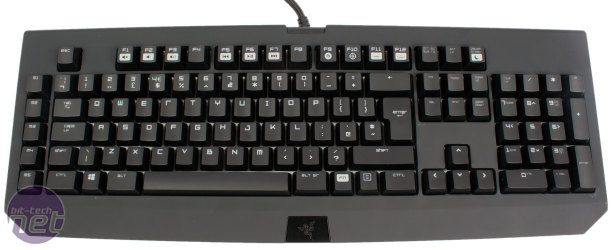
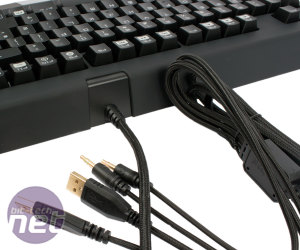
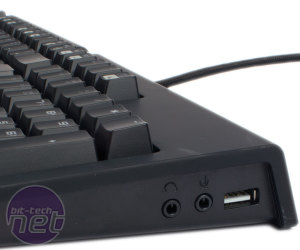
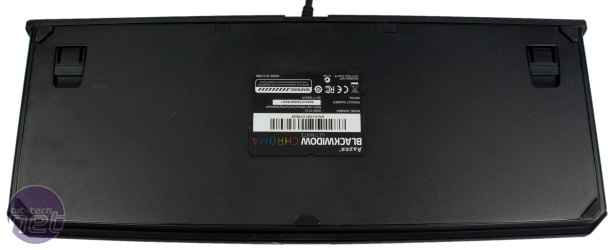
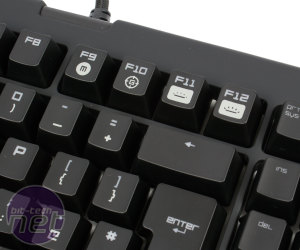
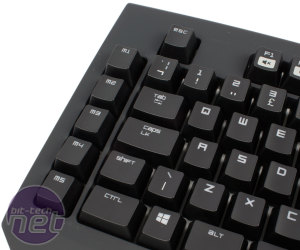
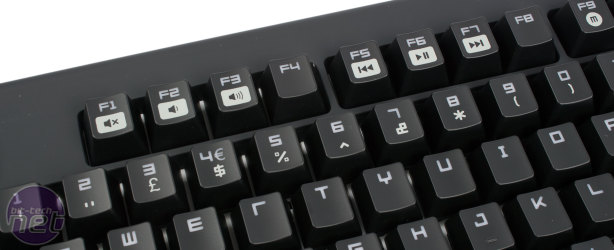
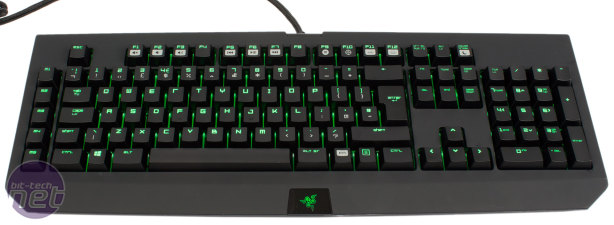







Want to comment? Please log in.